- Central Asia is at the crossroads of Russia, China, South Asia, the Middle East and the South Caucasus
- Countries in the Central Asian region have not yet reached a high level of cooperation and integration, due to persistent trade barriers and low product competitiveness
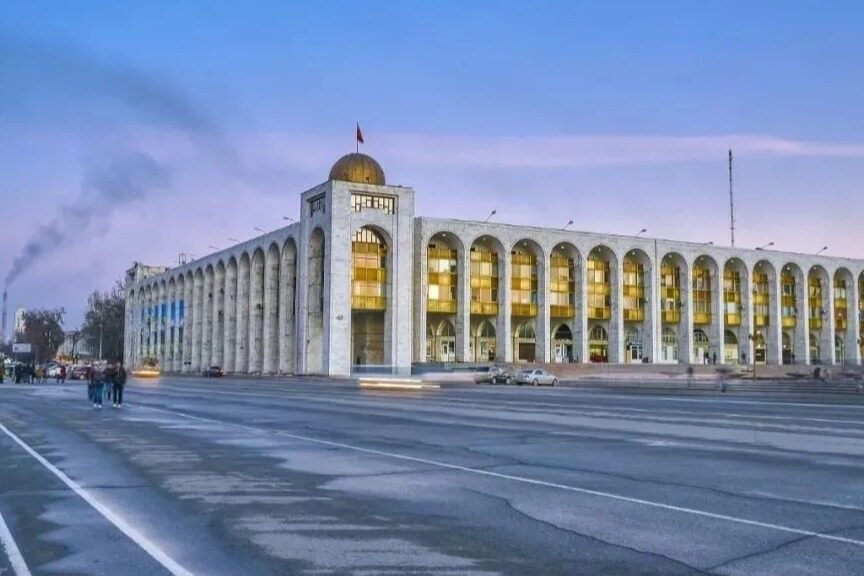
Central Asia, located at the center of the Russia-India-China (RIC) strategic triangle, occupies a special place in the structure of the Eurasian Economic Union. Modern geopolitical and geoeconomic processes make the task of integration in the region relevant.
Economic growth in Central Asia remains stagnant
Central Asia is at the crossroads of Russia, China, South Asia, the Middle East and the South Caucasus. Central Asia has attracted the attention of many international powers because of its geostrategic importance to transcontinental trade, global transport, and energy infrastructure. The Boston Consulting Group estimates that Central Asia has the potential to attract foreign direct investment of US$170 billion, of which about US$40-70 billion will be invested in non-resource industries in the next 10 years.
Between 2000 and 2020, the region's GDP (according to purchasing power parity) increased by 3.5 times, reaching 919.6 billion US dollars. But per capita PPP GDP is extremely unevenly distributed: the highest in Kazakhstan at $26,500 and Turkmenistan at $16,500, much lower in Uzbekistan and Kyrgyzstan, and the lowest in Tajikistan at $3,675. Despite having considerable resource-producing potential, the latter three Central Asian countries have relatively low levels of economic development.
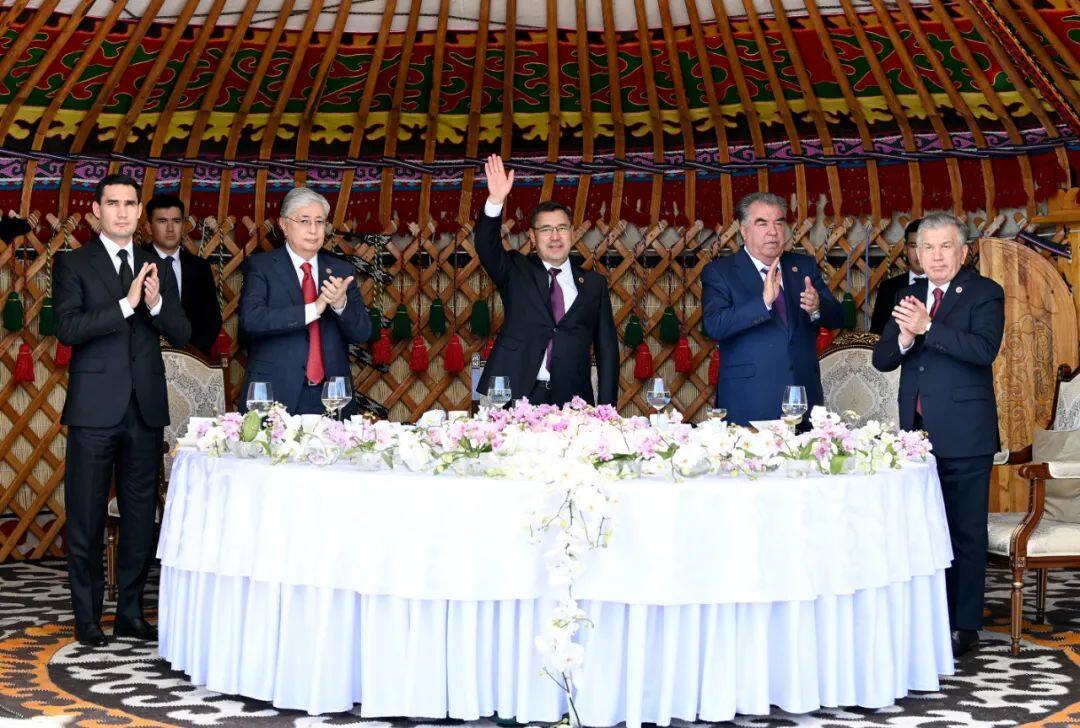
In the case of substantial GDP growth, except for Uzbekistan, the foreign trade volume of Central Asian countries tended to stagnate in 2014-2020. During this period, the share of Central Asian countries in Russia's foreign trade did not exceed 5%, while the share of Russian exports in the structure of trade volume with Central Asia continued to increase: 75.9% in 2020, compared to 71.3% in 2014.
In fact, Russia is an economic donor to Central Asian countries. Furthermore, the Russian Federation remains an important source of income for the CIS countries in terms of labor migration, including within the Eurasian Economic Union. It is estimated that by 2030, the number of immigrants from the CIS countries in Russia will exceed 7 million people, accounting for almost 9.7% of the total population of the CIS, of which 37.5% will be citizens of Uzbekistan, 16.1% from Kazakhstan, 8.6% % are from Tajikistan.
How to help the integration of Central Asia
The interests of Central Asian economies require enhanced integration processes. After the collapse of the Soviet Union, there were almost immediate integration intentions in Central Asia, such as the establishment of the Central Asian Economic Community, whose members later became members of the Eurasian Economic Union.
At the Fourth Central Asian Heads of State Consultative Meeting to be held in July 2022, the leaders of the five countries signed a number of practical cooperation documents. At the same time, the presidents of Kazakhstan, Uzbekistan and Kyrgyzstan signed the Treaty of Good-Neighborliness, Friendship and Cooperation for the Development of Central Asia in the 21st Century, aiming to further strengthen the good-neighborliness, friendship and strategic partnership among Central Asian countries. Kazakh President Tokayev said the agreements took into account the opportunity to create new consultative bodies and interstate organizations for Central Asian countries. But Tajikistan and Turkmenistan have yet to sign an agreement.
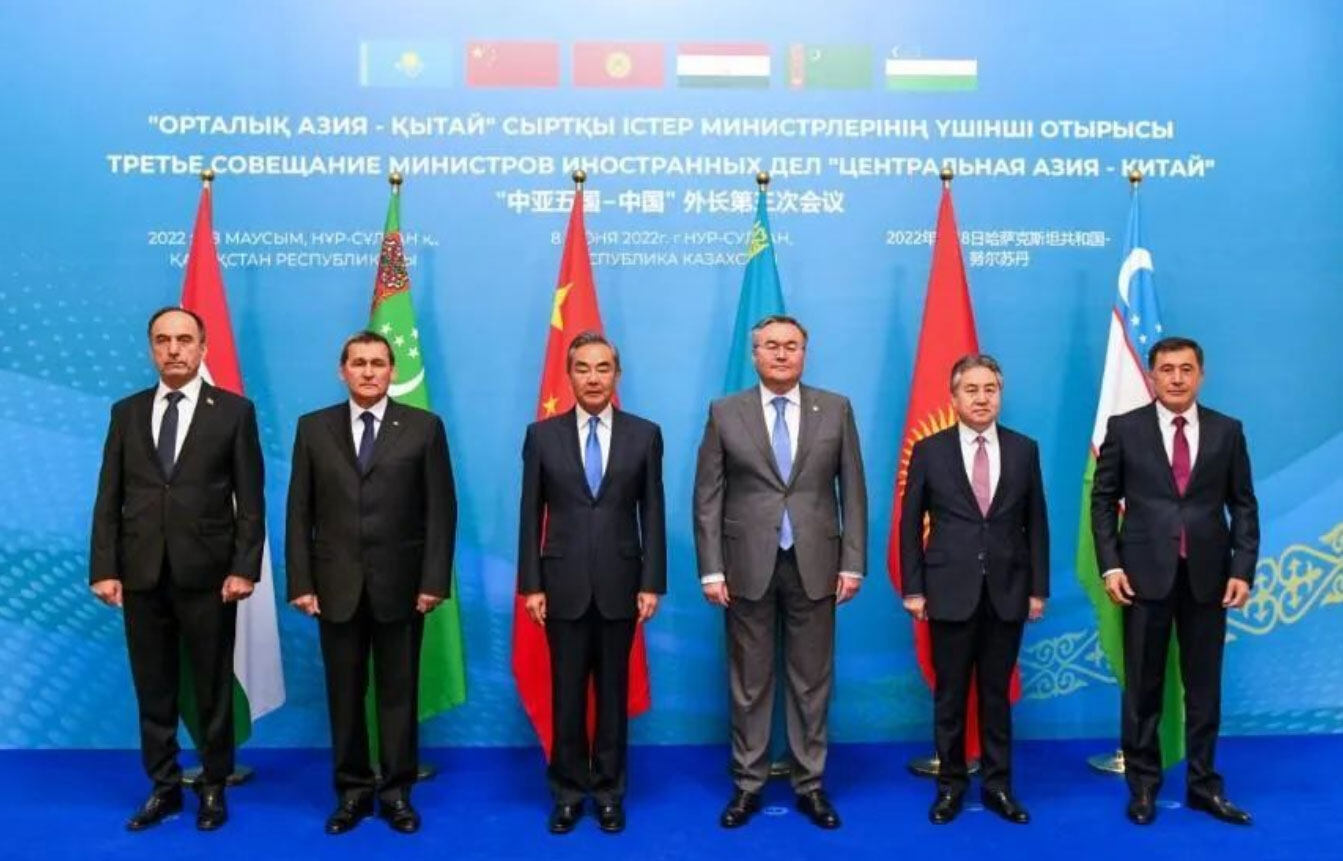
At present, Central Asia has formed a geopolitical triangle that clearly faces the Eurasian Economic Union, and it can also be regarded as a regional alliance that has begun to take shape. Kazakhstan and Kyrgyzstan are members of the Eurasian Economic Union in Central Asia, and Uzbekistan is an observer state. The development of the alliance is closely related to the interests of Russia and China, which are committed to regional connectivity to create intermodal transport systems, including China's Belt and Road Initiative and the Great Caspian Transport Corridor. At the same time, Russia provides a security umbrella there, and China invests.
To date, countries in the Central Asian region have not achieved a high level of cooperation and integration due to persistent trade barriers and low product competitiveness.
Integrating countries in the region into the global economic cooperation system can become one of the driving forces for the development of Central Asian cooperation. For example, at the Eastern Economic Forum meeting in September 2022, Min Aung Hlaing, Chairman and Prime Minister of Myanmar's National Management Council, proposed a land route from the ASEAN region to central Russia, and a sea route through South Asia, the Persian Gulf, and Central Asia. Both routes could connect to China's Belt and Road Initiative.
These projects are also in Russia's interest, as their aim is to diversify foreign economic ties and strengthen cooperation with the Eurasian Economic Union and the Central Asian region. In addition, Moscow is interested in the economic stability of Central Asia itself.Editor/Ma Xue
Comment
 Praise
Praise
 Collect
Collect
 Comment
Comment
 Search
Search


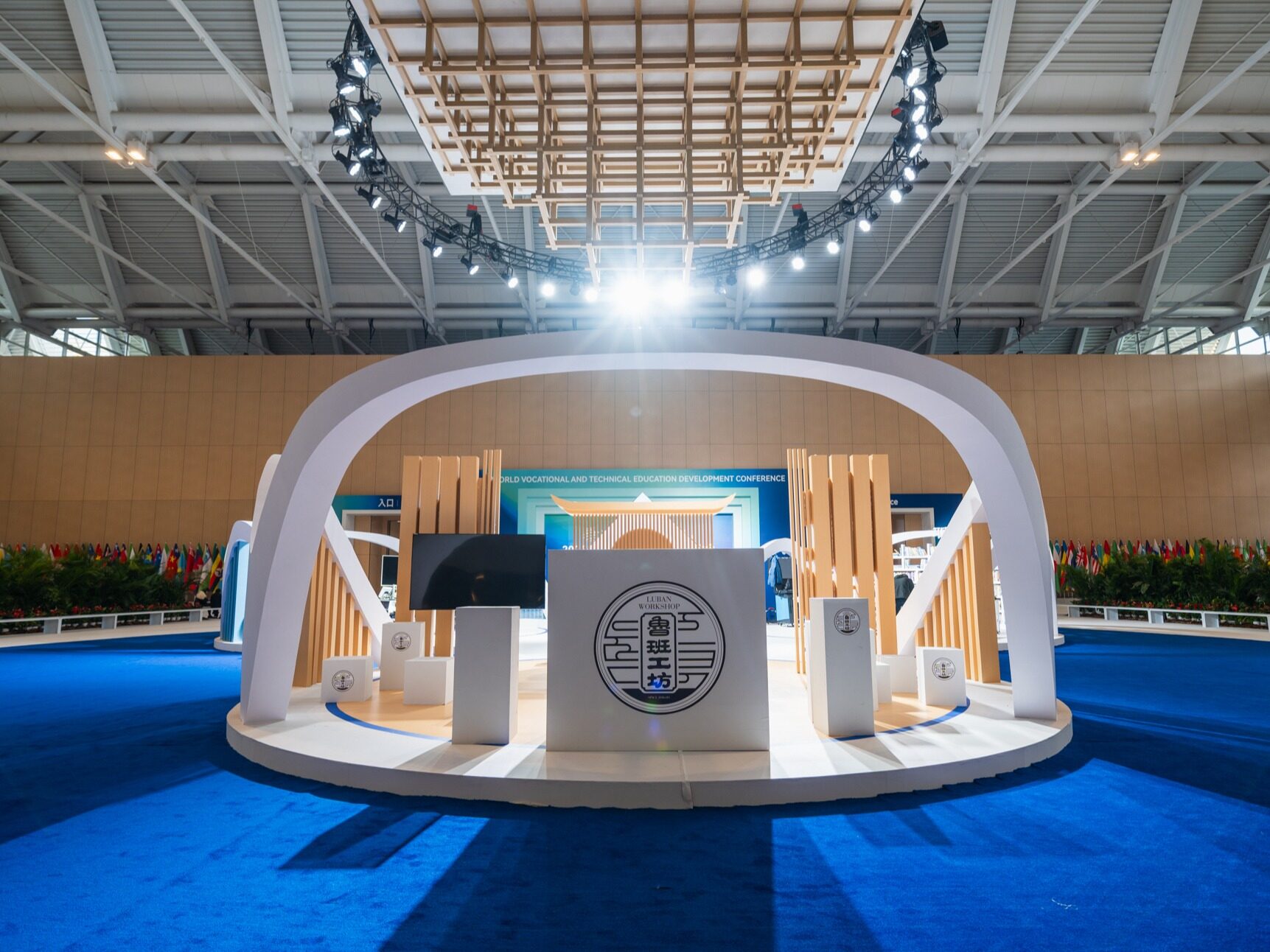
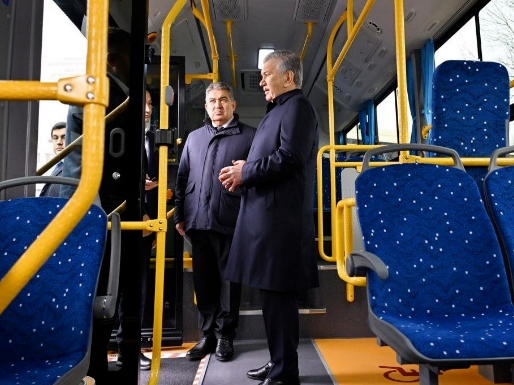

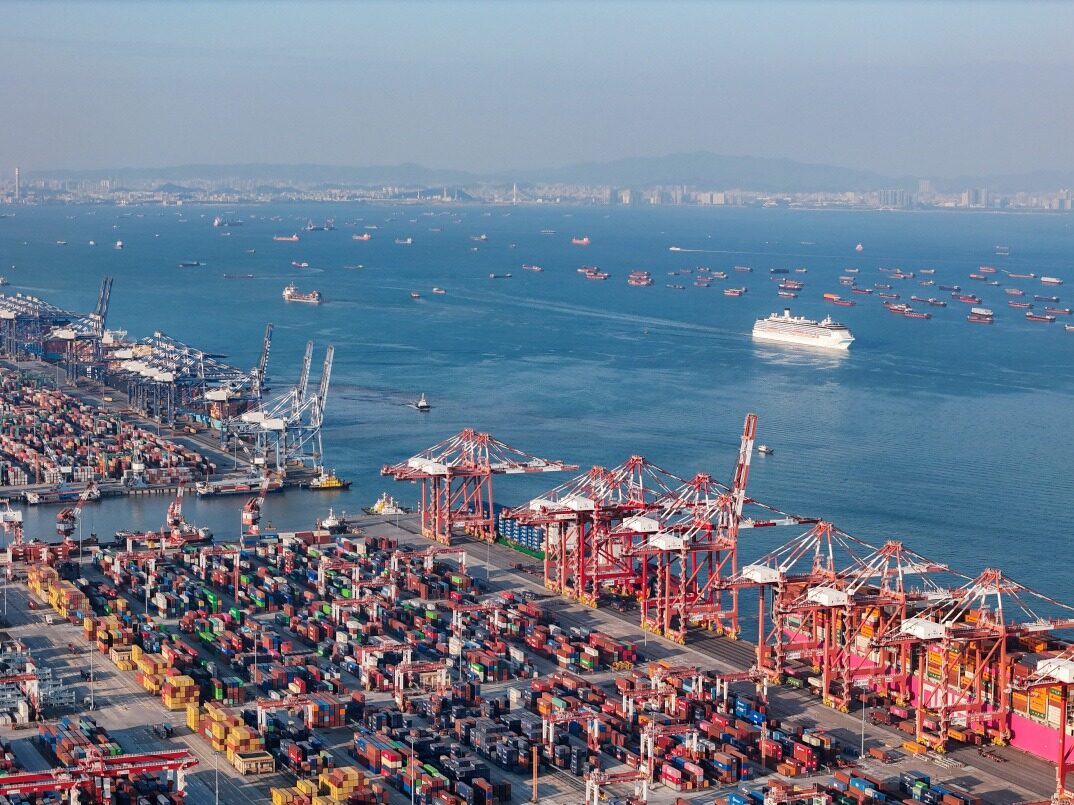
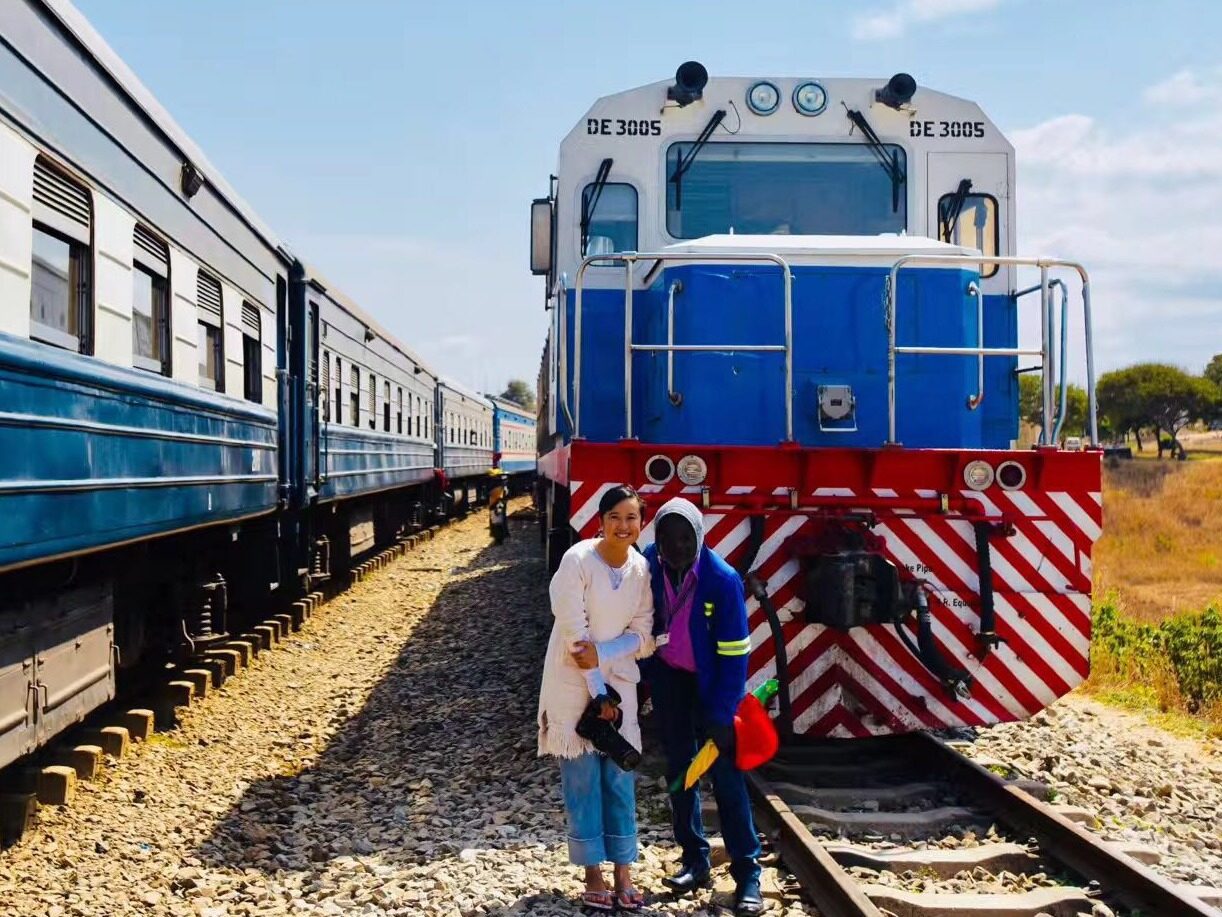
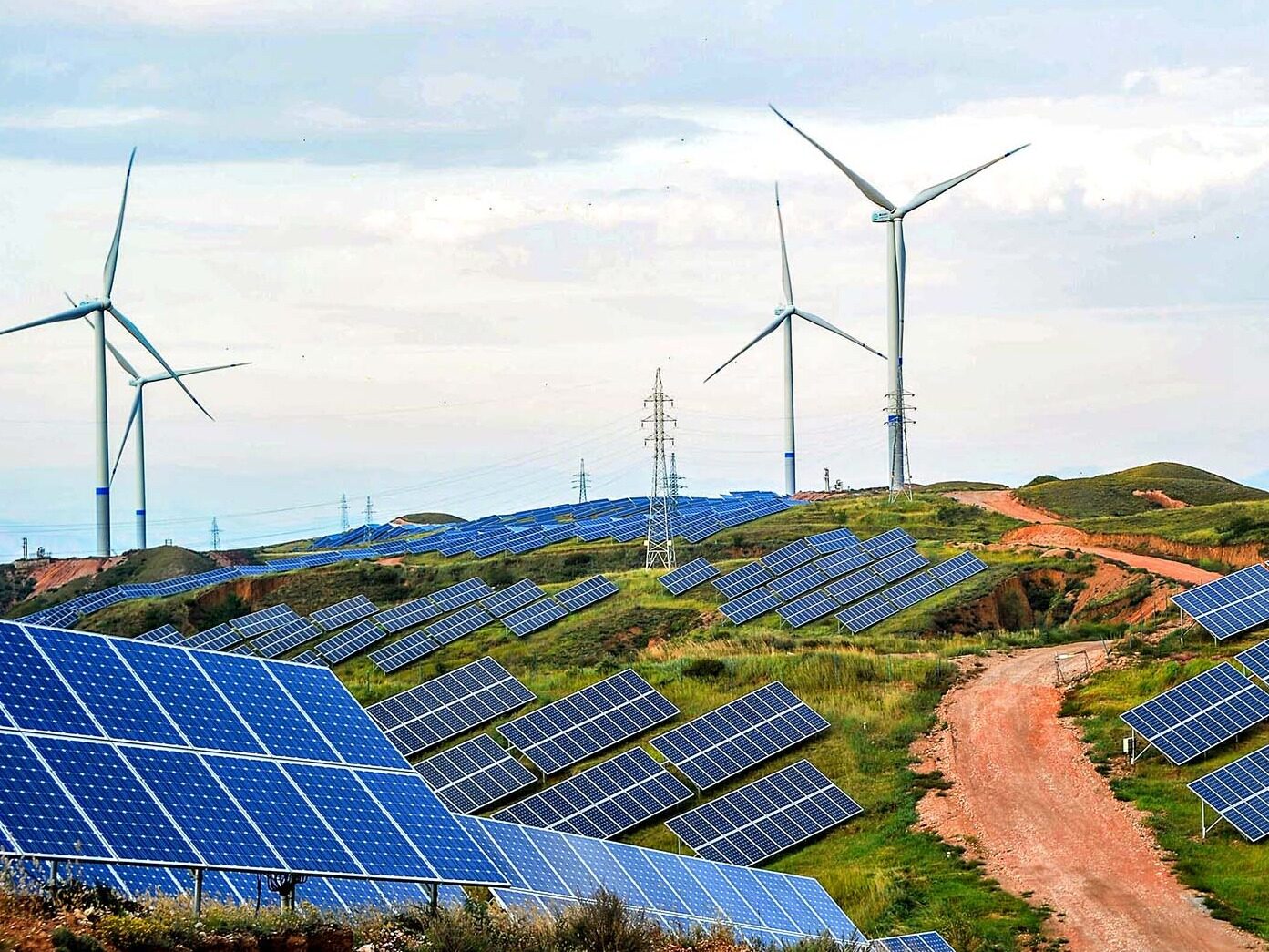






Write something~